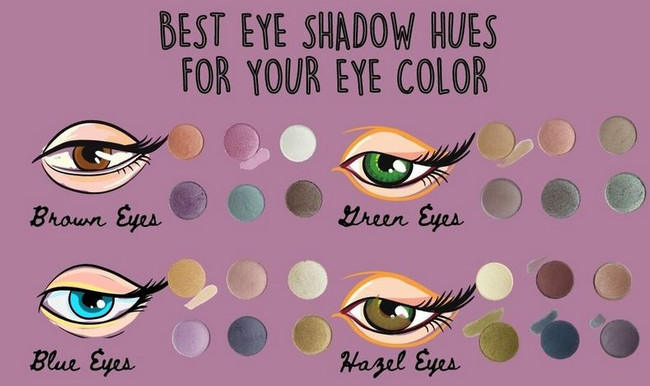Achieving a flawless base for your makeup is the key to a polished and radiant look. While foundation and concealer play a vital role, color correctors are often overlooked but can make a significant difference in perfecting your complexion. Color correctors work by neutralizing discoloration and evening out skin tone, creating a seamless canvas for your makeup application. In this article, we will explore the science behind color correctors, the different shades available, and how to use them effectively to achieve a flawless base.
The Science Behind Anti-Aging Makeup
Color correctors are not just cosmetic products; they are rooted in scientific principles to address specific skin concerns. By understanding the science behind color correction, we can harness their power to achieve a flawless and natural-looking base. Let's delve into the science behind color correctors:
Understanding Color Theory
Color theory forms the foundation of color correction. According to the principles of color theory, complementary colors cancel each other out when mixed. This concept is applied to color correctors, where specific shades are used to counteract specific discolorations on the skin.
Key Color Corrector Shades
-
Green: Green color correctors are used to neutralize redness and blemishes on the skin. This shade is ideal for those with rosacea or acne-prone skin.
-
Peach/Orange: Peach or orange color correctors are effective in counteracting dark circles and blue-toned discolorations. These shades are suitable for individuals with fair to medium skin tones.
-
Yellow: Yellow color correctors help brighten dull and sallow-looking skin. They are also useful in minimizing purple or blue veins on fair skin.
-
Lavender/Purple: Lavender or purple color correctors are used to combat unwanted yellow undertones in the skin. These shades are suitable for brightening and revitalizing dull complexions.
-
Pink: Pink color correctors are commonly used to address dark spots and hyperpigmentation. They work well on fair to medium skin tones.
Applying Color Correctors
To create a flawless base using color correctors, follow these steps:
-
Cleanse and moisturize your skin thoroughly.
-
Identify the specific discolorations you want to correct. Choose the appropriate color corrector shade based on your skin concern.
-
Apply a small amount of color corrector to the targeted area using a small brush or your fingertips.
-
Gently blend the product into the skin using tapping or patting motions until it is seamlessly blended.
-
Apply your regular foundation or concealer over the color corrector to even out your complexion.
-
Set your makeup with a translucent powder to ensure longevity.
FAQ's
-
Can color correctors be used on all skin types?
Yes, color correctors can be used on all skin types. However, it is important to choose formulas that are compatible with your skin type and concerns. For example, individuals with oily skin may prefer lightweight and oil-free formulas.
-
How do I choose the right color corrector shade for my skin tone?
When choosing a color corrector shade, consider the specific discoloration you want to correct. Additionally, take into account your skin tone. Fair to medium skin tones may benefit from peach or pink correctors, while deeper skin tones may require more intense shades.
-
Can color correctors replace concealer?
Color correctors are meant to be used as a first step in the makeup application process. While they can help neutralize discolorations, concealer is still necessary to provide additional coverage and create a flawless finish.
-
Should color correctors be applied before or after foundation?
Color correctors should be applied before foundation. This allows the corrector to neutralize the targeted discoloration, which can then be further perfected with foundation.
-
Can color correctors be used alone without foundation?
Color correctors can be used alone for a more natural look if you want to address specific discolorations without a full face of makeup. However, keep in mind that they may not provide the same level of coverage as foundation or concealer.
Conclusion
Understanding the science behind color correctors is essential for creating a flawless base for your makeup. By harnessing the principles of color theory and using the appropriate shades, you can neutralize discolorations and achieve a seamless complexion. Incorporate color correctors into your makeup routine to address specific skin concerns and enhance the overall look of your makeup. With the science of color correction at your fingertips, you can confidently create a flawless base that lasts all day.
|










